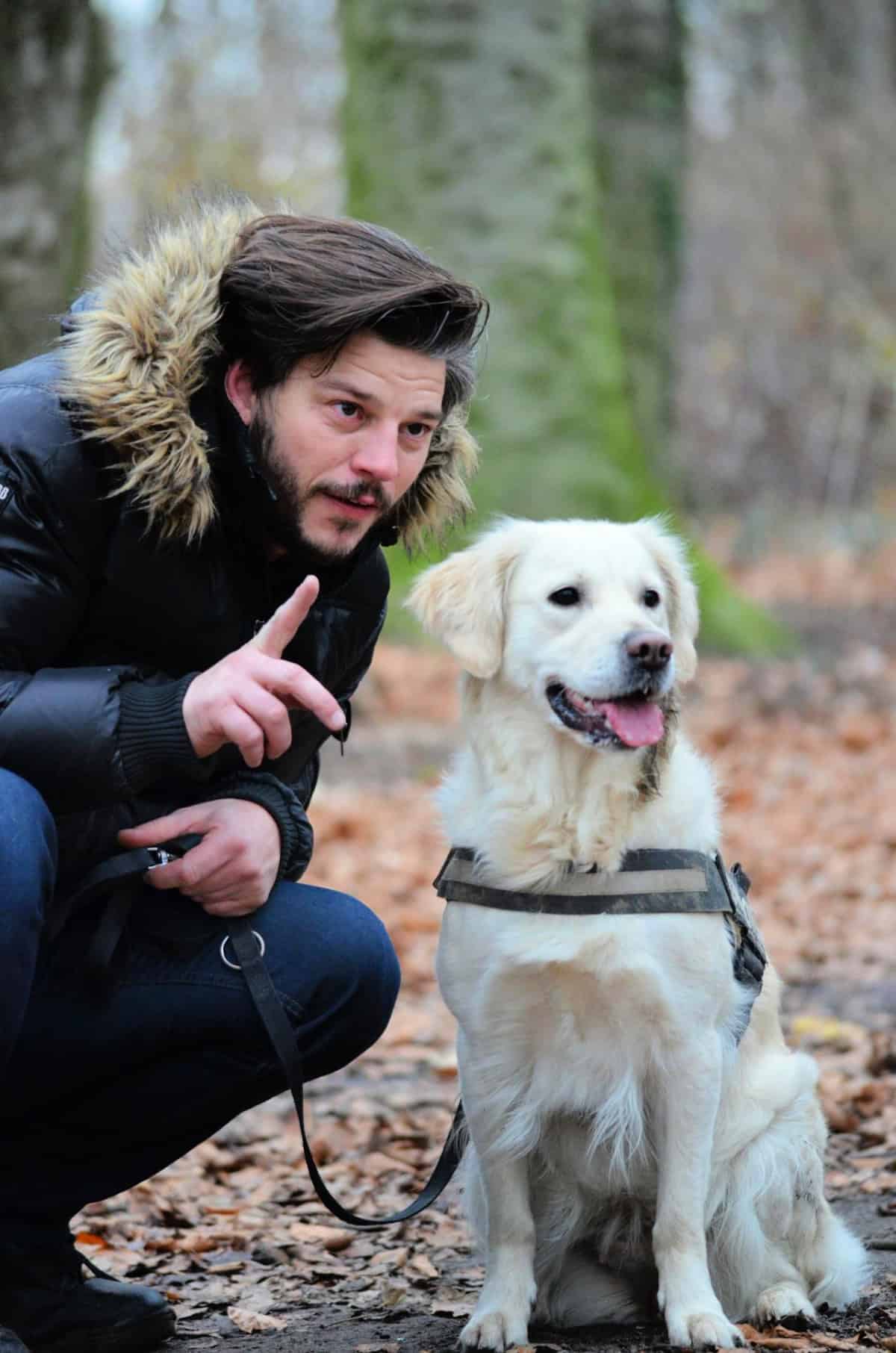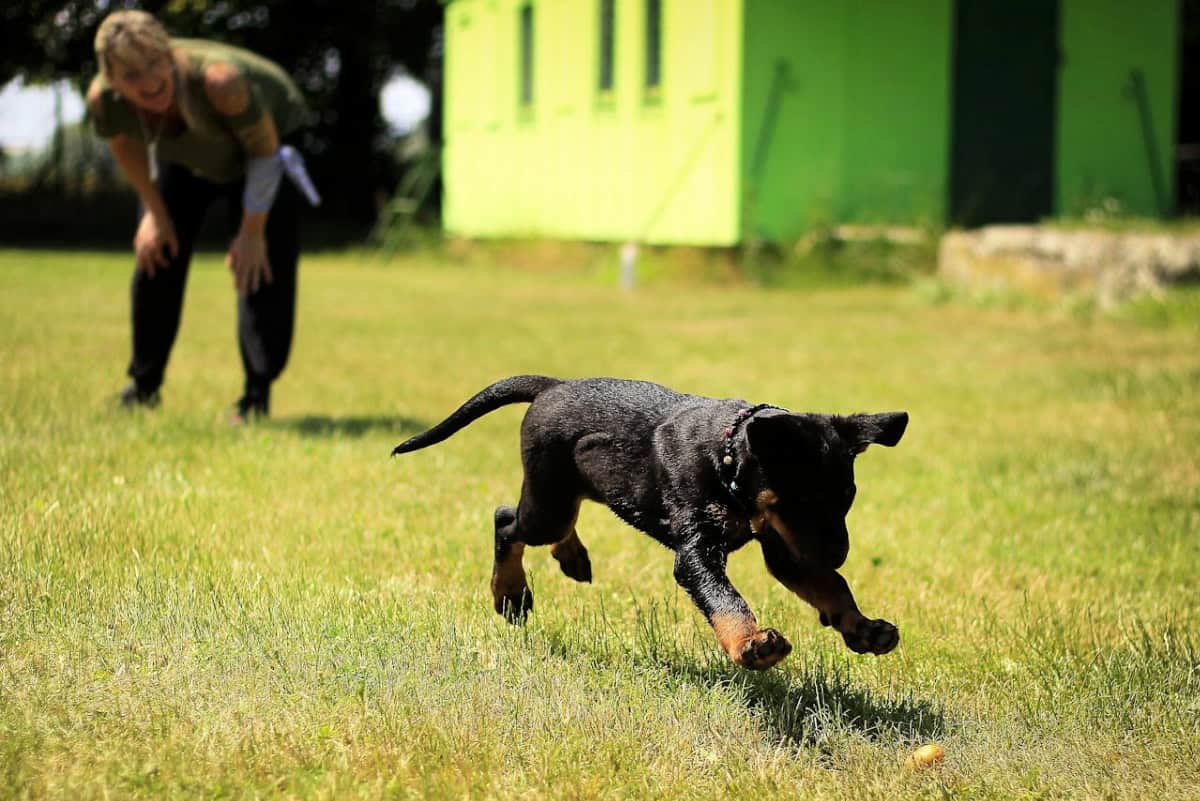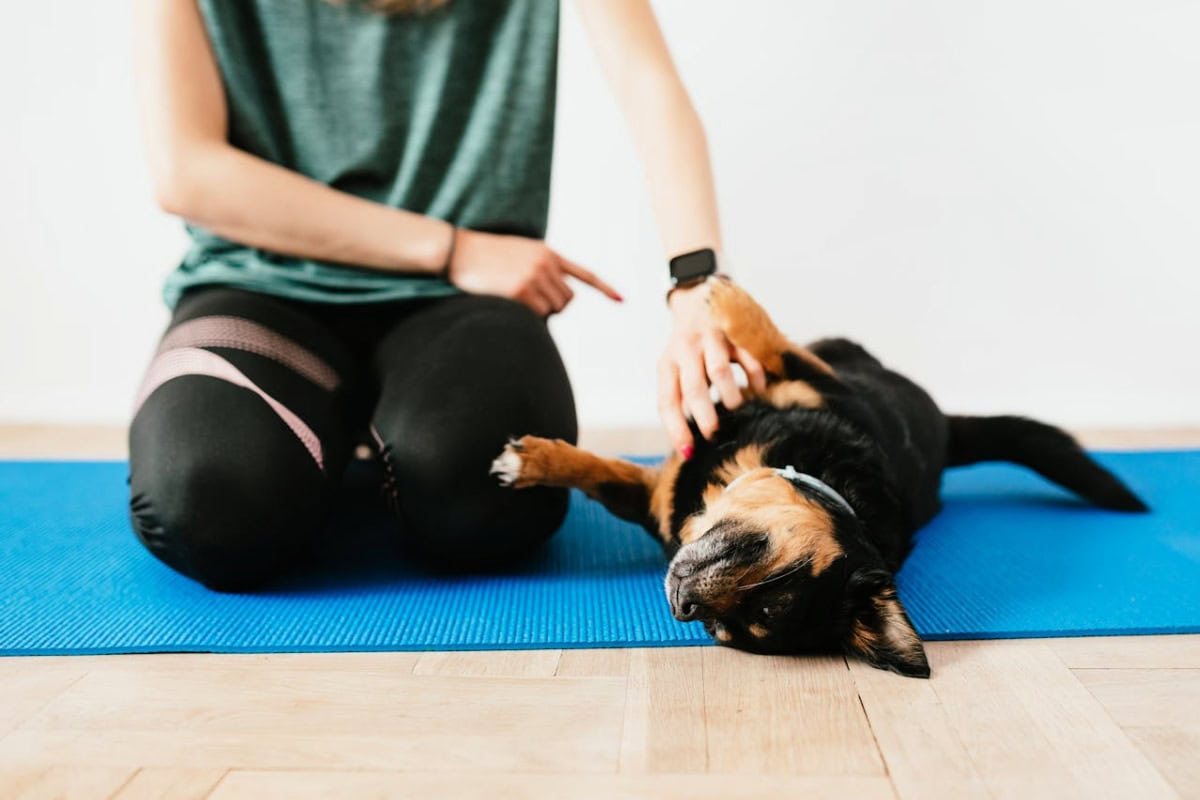Is your dog constantly ignoring commands or getting into mischief? Training your dog to be obedient is one of the most rewarding experiences for both you and your pet, helping create a bond built on trust and respect.
This blog will show you how to teach your dog to become obedient through simple and effective techniques.

1. Start with Basic Commands
The first step in teaching your dog obedience is to start with basic commands like “sit,” “stay,” and “come.” These commands are the foundation of good behavior.
Begin by saying the command clearly and gently guiding your dog into the right position, using treats or praise to reward them when they do it correctly. Practice these commands regularly to help your dog understand what’s expected. Keep training sessions short, so your dog doesn’t get bored.
2. Use Positive Reinforcement
Positive reinforcement is one of the best ways to train your dog. This entails giving your dog a reward whenever they perform an appropriate behavior. Use treats, praise, or a favorite toy to encourage good behavior. Dogs are more likely to repeat actions when they are rewarded for them.

Avoid using punishment because it has the potential to cause fear and confusion. Instead, focus on rewarding your dog when they follow commands or behave well.
3. Set Clear and Consistent Rules
Consistency is important in dog training. Make sure everyone in your household uses the same commands and enforces the same rules.
If your dog is allowed to jump on the couch sometimes but not others, it will confuse them. Set clear rules for what behaviors are acceptable and stick to them. This helps your dog understand what is expected and makes training more effective.
4. Socialize Your Dog
Socialization is an important part of obedience training. Expose your dog to different environments, people, and other animals from a young age. This helps your dog become comfortable and confident in various situations, which can prevent behavioral problems in the future.

Take your dog to parks, on walks, or to pet-friendly events to help them interact with new people and dogs. The more experiences your dog has, the better they will be at behaving in different settings.
5. Address Behavioral Issues Early
It’s important to address behavioral problems as soon as they arise. If your dog is showing signs of aggression, fear, or excessive barking, it’s better to deal with it early. Ignoring these issues can make them worse over time.
Work with a professional trainer if needed to correct undesirable behaviors. Using positive reinforcement and clear commands can often help solve smaller issues before they become bigger problems.

Have a Well-Behaved Companion
By following the steps outlined, you’ll help your dog develop strong obedience skills that create a more harmonious relationship.
If you need additional support or guidance, professional dog training and obedience services can provide tailored strategies to address specific challenges and enhance your training process. With the right approach, you'll enjoy a dog that's not only obedient but also happy and well-adjusted.





Leave a Reply